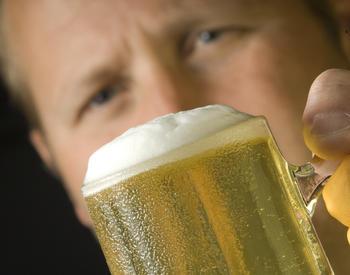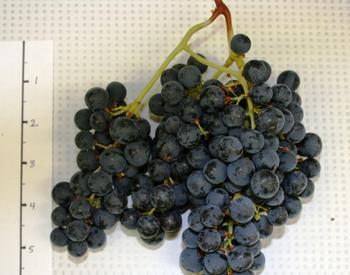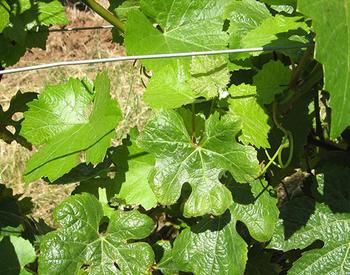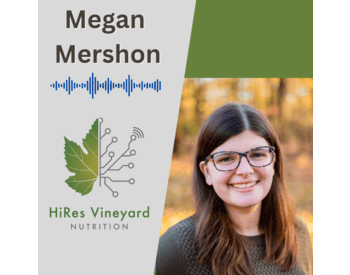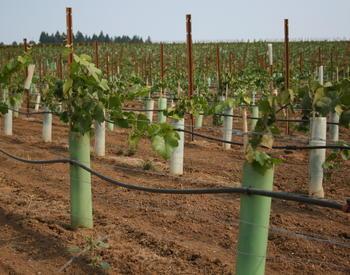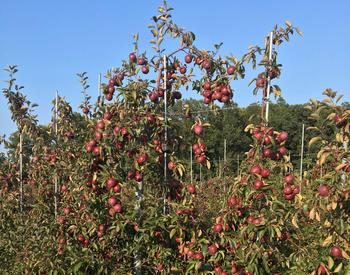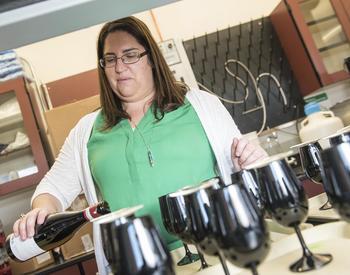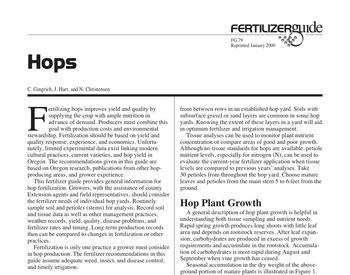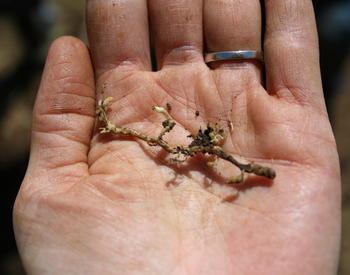| Parameter | Recommendation | Action | |
|---|---|---|---|
| Grapes |
pH Fruit condition |
Between 3.20 and 3.50 Visible rot, off odors |
Acid addition after cold soak Sorting |
| Crush/Destem Maceration |
SO2 Potential alcohol |
<40 mg/L total for white <70 mg/L total for red <13.5% |
Minimize SO2 by using sound grapes Harvest parameters |
| Alcoholic Fermentation | Yeast strain | Use yeast strain that is compatible with ML bacteria | Check with yeast supplier |
| Malolactic Fermentation | Inoculation strategy: Timing, Strain |
Inoculate with starter culture Post-alcoholic fermentation Consider strains recommended for certain difficult wine conditions |
Direct, Step 1, or Build up: follow manufacturer recommendation Strains available with low pH tolerance, high SO2 tolerance and high alcohol tolerance |
| Malolactic Fermentation | Temperature | 64-71°F (18-22°C) | Inoculate while wine still warm from primary ferment Temp-controlled cellar/tanks |
| Malolactic Fermentation | SO2 | < 5 mg/L free | NO SO2 additions until MLF complete |
| Malolactic Fermentation | Alcohol | < 13.5% |
Consider higher alcohol tolerant ML strain Use acclimatization steps for culture prior to inoculation |
| Malolactic Fermentation | pH | 3.20 to 3.50 | Acid adjustment if necessary (not recommended during MLF) Be alert to microbial spoilage issues if you have a high pH |
| Malolactic Fermentation | Nutrients |
Consider ML nutrients if vineyard lots have been problematic in the past or you used high nutrient demand yeast strain Conduct MLF on yeast lees |
Follow manufacturer recommendation
Keep wine on light lees during MLF |
| Malolactic Fermentation | MLF progress |
Regular monitoring Microscopic examination for Lactobacillus, Pediococcus Monitor VA as indicator for spoilage bacteria PCR analysis |
Paper chromatography, enzymatic analysis, external lab analysis If presence of spoilage bacteria consider lysozyme and re-inoculation after 2-3 weeks |
| Post Fermentation & Aging | MLF completion | Malic acid < 30-50 mg/L | Confirm with enzymatic assay or external lab analysis before making SO2 addition |
